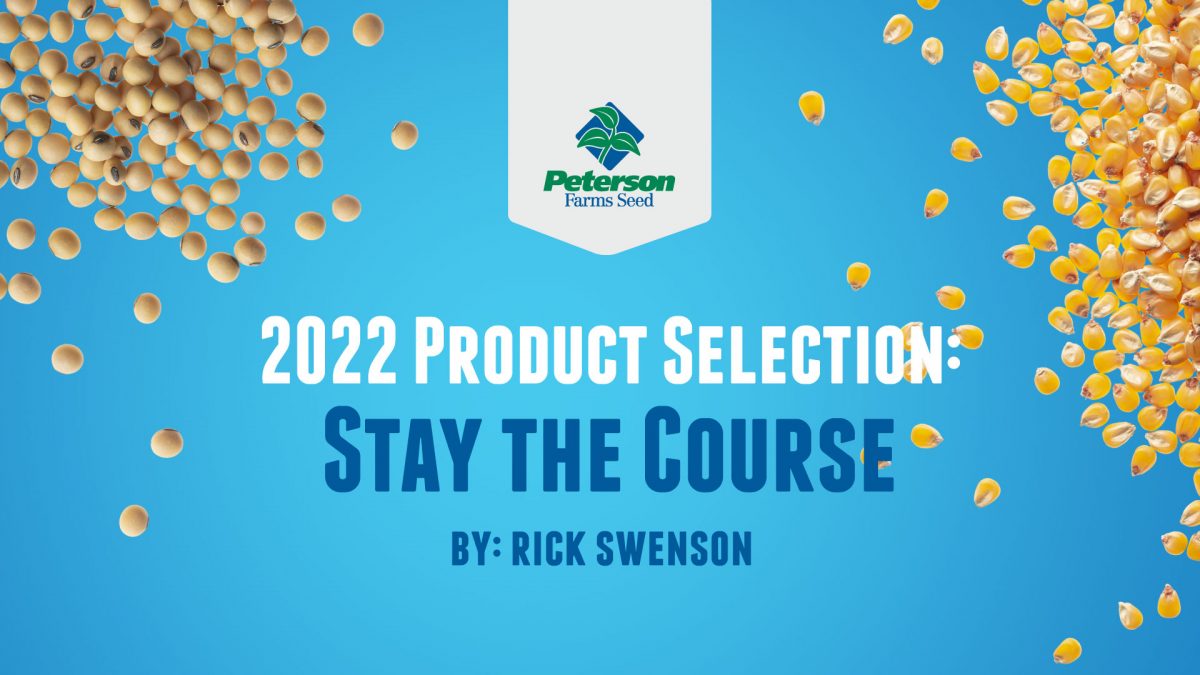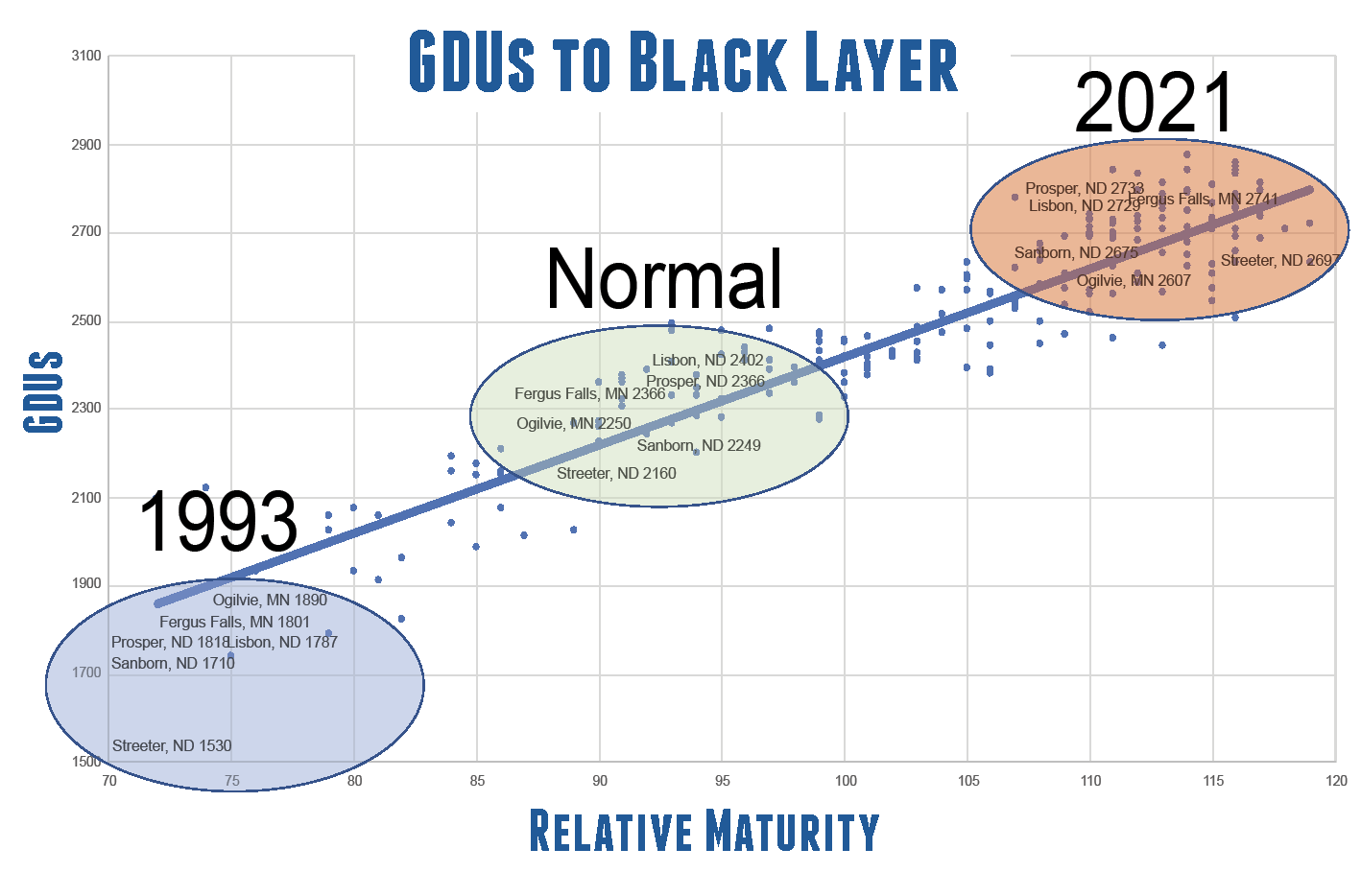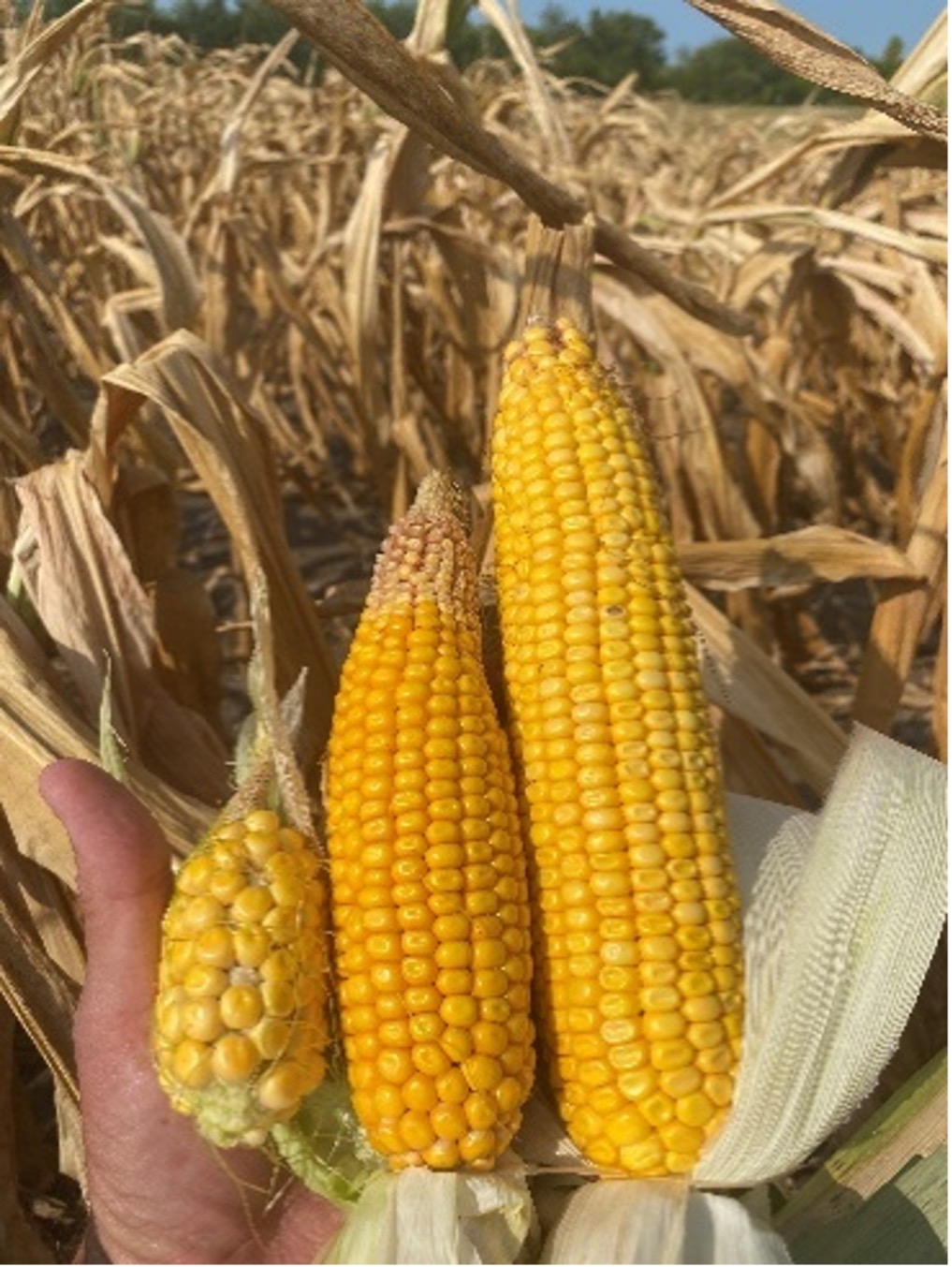2022 Product Selection: Stay the Course

Hopefully, this is the last thing you read before making your final product selection for next season. I believe the advice I’m about to offer could be critical as you plan the products that will result in more bushels on your farm in 2022.
Think back to 2015 – 2017. Commodity prices may not have been the best, but we had some fantastic yields across the region. Since then, however, 2018 – 2021 have tested us in ways we haven’t seen in a very long while.
As I write this in the fall of 2021, it’s raining again, and we’ve picked up almost 3x more moisture in the last 30 days than during the 120 days of the growing season. With that said, we still have a long way to go to replenish the soil profile for next year. But this feels lots better than September 15.
Here is my advice. Stick with your 2021 plan – whatever your product mix last spring, it is still the right decision for next season. Adjusting your seed plan based on the weather anomalies and extremes from last summer would be a huge mistake.
The graph below demonstrates this idea perfectly. If a hybrid or variety performed odd or poor this year, it is likely due to the fact it was not bred for Missouri heat! And that is what we suffered through.

Standability, disease, insects and fertility are all suspect to me. The weather stresses are to blame for stand issues, some diseases like dry weather, insects thrive when conditions are dry, and chances are we still have a pile of unutilized fertilizer in the ground. So don’t base your spring product selection on this year’s results.
Stay cautious with hybrids that excelled in 2021. They may have loved this year but could struggle in different conditions. Spread out your risk.
At Peterson, we’re very proud of our outstanding replicated testing program, and even some of those locations had to be thrown out this year. For example, we had a hybrid finish third from the bottom in one trial, and it won the next trial, just 100 yards away. That doesn’t happen normally.
Our Product Management team is choosing to move forward very cautiously with this year’s data. We’ll rely heavily on multiple years of data.
Take a look at the three cobs below. They all grew within 20 feet of each other. Trying to make decisions using this year is only poor info for another year.

My suggestion to you is to do the same. Keep 85% of your previous product selection the same, only changing the last 15%. The plan you had last spring was a good plan then. And it is your best plan now.



